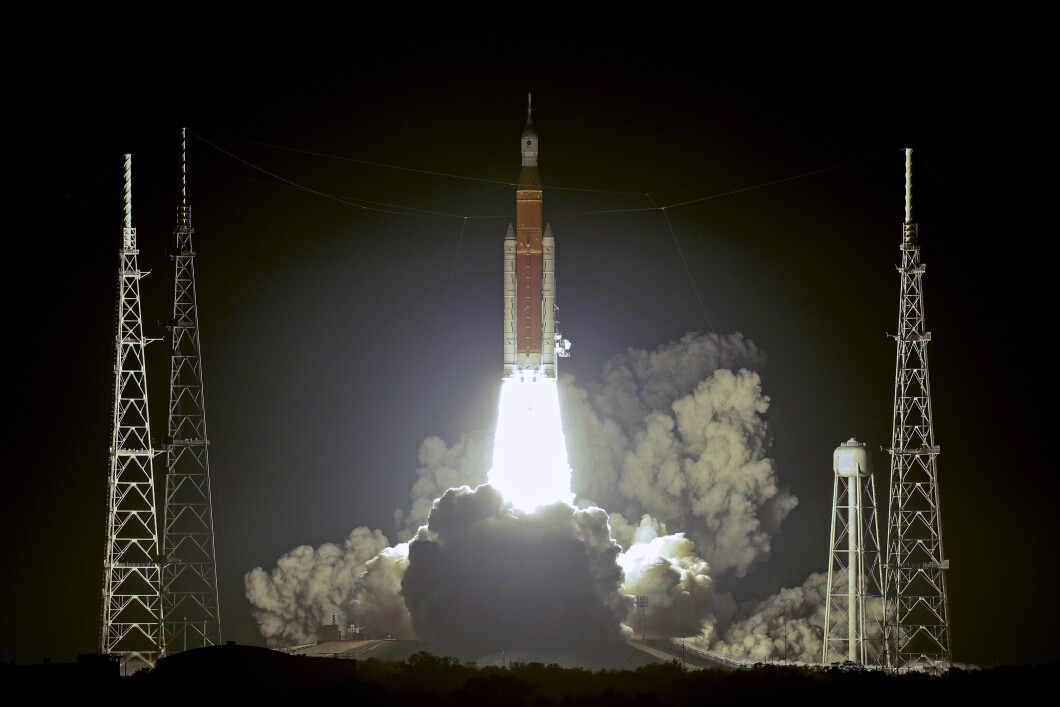
NASA‘s Artemis program successfully launched its first mission to the moon in November 2022, but the launch came months later than expected.
The originally scheduled August launch kept getting pushed back to problems with a hydrogen leak and various weather issues.
NASA RECORDS ‘CLOSEST APPROACH’ BY ASTEROID
The initial launches were delayed due to concerns over the engine bleed and a hydrogen leak, with officials at the time not rushing to launch the rocket and instead focusing on the concerns.
“We really need time to look at all the information, all the data, and we’re gonna play all nine innings here, and we’re not ready to give up,” Mike Sarafin, mission manager for Artemis I, said in August 2022.

The space agency looks to avoid a repeat of three past missions, which resulted in a loss of life. Apollo I, the Space Shuttle Challenger disaster, and the Space Shuttle Columbia launch all ended in disaster, with mechanical issues at the root of all three situations.
The Space Shuttle Challenger disaster, which happened 37 years ago Saturday, was the first fatal accident during a launch, killing all seven crew members. The shuttle broke apart 73 seconds into its launch, with a seal failure in one of the solid rocket boosters being blamed for the tragedy.

Investigations into the failed mission found that NASA administrators had overlooked warnings about the faulty design of the solid rocket boosters, leading the agency to push for more caution with its flights.
The goal of the Artemis program, according to NASA, is to “establish the first long-term presence on the Moon” and to use information acquired “on and around the Moon” to send astronauts to Mars in the future. While the first mission did not have a crew onboard, subsequent missions will be manned and NASA is looking at data from Artemis I to ensure safe missions in the future.
When launch issues plagued Artemis I, NASA Administrator Bill Nelson explained that the complex nature of the rocket meant that “millions of components” would need to be proven ready before launch.
CLICK HERE TO READ MORE FROM THE WASHINGTON EXAMINER
“This is a brand new rocket; it’s not gonna fly until it’s ready. There are millions of components of this rocket and its system. Needless to say, the complexity is daunting when it comes to a countdown,” Nelson said.
Artemis I successfully splashed down in the Pacific Ocean on Dec. 11, 2022, after completing a flyby of the moon. The mission now clears the way for Artemis II in 2024, which will see a manned crew fly around the moon, with a moon landing scheduled for Artemis III in 2025.




